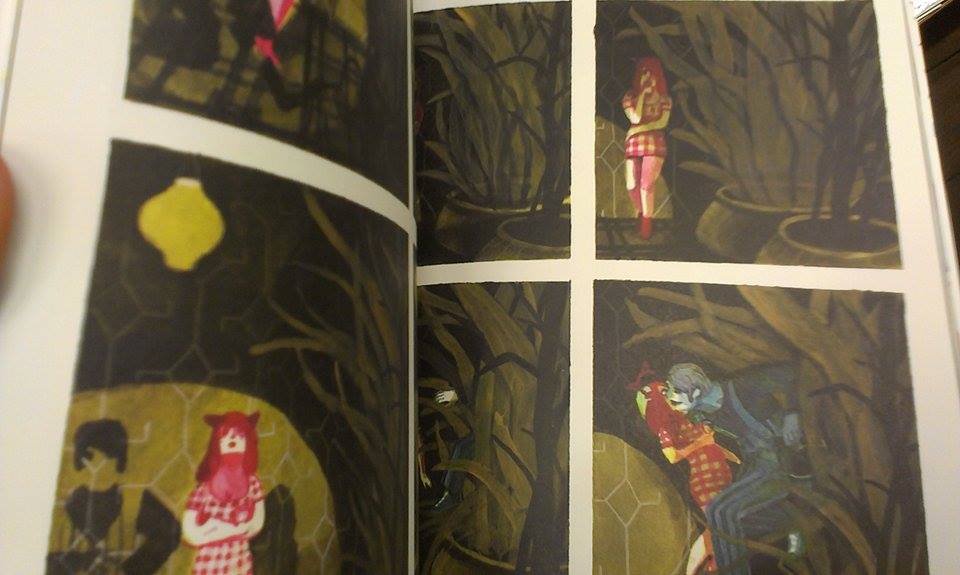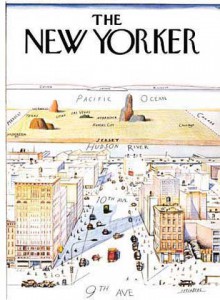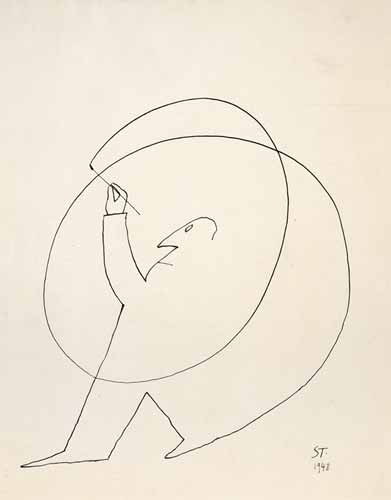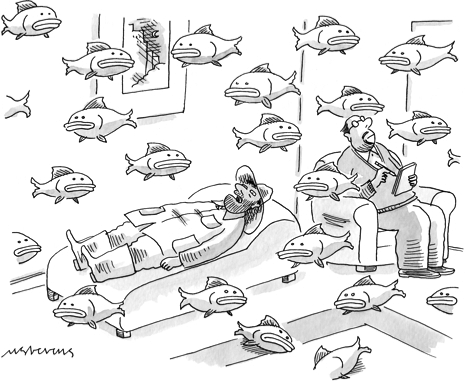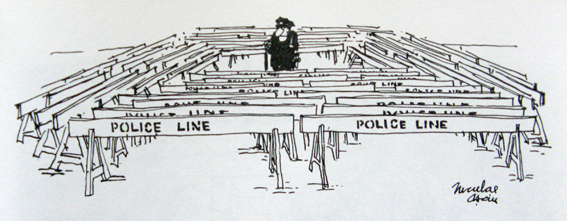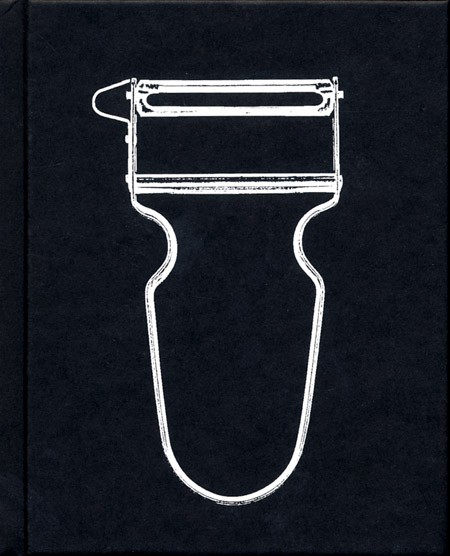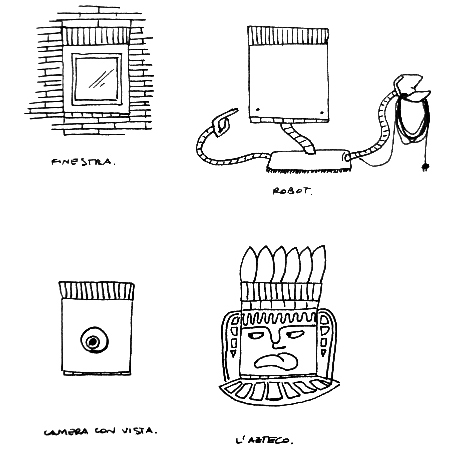Finding your way in the Designblog, we all do it in a different way. What catches our interests? What do we remember of it and how do we connect it to other links, artists, events, books etc? I was browsing thru the Designblog and ended up in the category ‘Beeld en Taal’ (image and language), went into the illustration part and found this post: Considerations on the matter of drawing. Luca Carboni is explaining his fascinations for drawing and asks himself if drawing is one of the oldest way in which mankind is expressing itself, is drawing a medium in which the Zeitgeist is always an important part.
In drawing you can see the influence of the time. Luca says: ‘As an expression of time it’s the best medium to communicate something of that moment, every idea, process, image.’
 Luca connects this with the book “The New Yorker Album of Drawings 1925-1975” from the Rietveld library. The book exists out of different cartoons from “New Yorker” magazine in the period 1925 till 1975. Cartoons made by: Saul Steinberg, William Steig, Richard Taylor, Peter Arno, Charles Barsotti, Geoge Booth, Barney Tobey, James Thurber, Charles Saxon and many more. One of the best known is Saul Steinberg who worked for almost 60 years for the New Yorker. The magazine is a combination of fiction and journalism. The cartoons in the magazine have always played an important role. Above that, until the 1990s they never used photographs but only illustration.
Luca connects this with the book “The New Yorker Album of Drawings 1925-1975” from the Rietveld library. The book exists out of different cartoons from “New Yorker” magazine in the period 1925 till 1975. Cartoons made by: Saul Steinberg, William Steig, Richard Taylor, Peter Arno, Charles Barsotti, Geoge Booth, Barney Tobey, James Thurber, Charles Saxon and many more. One of the best known is Saul Steinberg who worked for almost 60 years for the New Yorker. The magazine is a combination of fiction and journalism. The cartoons in the magazine have always played an important role. Above that, until the 1990s they never used photographs but only illustration.
When I read the post for the first time, I immediately made the connection with the artists Brecht Evens (born in 1986). He is a Belgium artists who makes a lot of cartoons, illustrations and strips. I think in his beautiful watercolor drawings you can see that the time we live is an import aspect, just like in the album of drawings from the New Yorker. Evans worked for the ‘New York times himself. A part from that he published two books. Most recent: “De liefhebbers” [The Making Of] (2011) and before that “Ergens waar je niet wil zijn” [The Wrong Place] (2009).
In the cartoons of the New Yorker the zeitgeist indeed plays an import part. And it is this what makes those drawings so smart and funny. Is this all that matters? Was it only the time we lived in, that played an import roll. We still do admire the drawings and cartoons these artists made. The drawings still speak to us.
The same goes for Brecht Evens. There is something mysterious about these drawings that always holds our attention, regardless of the time in which we live.


